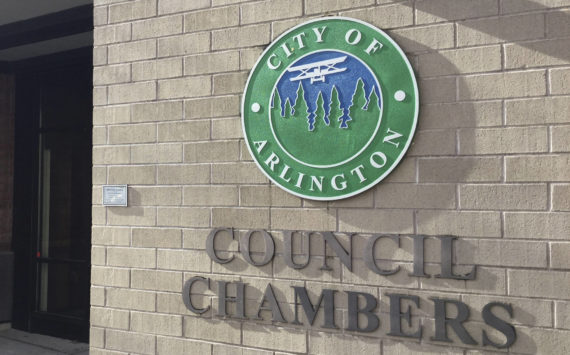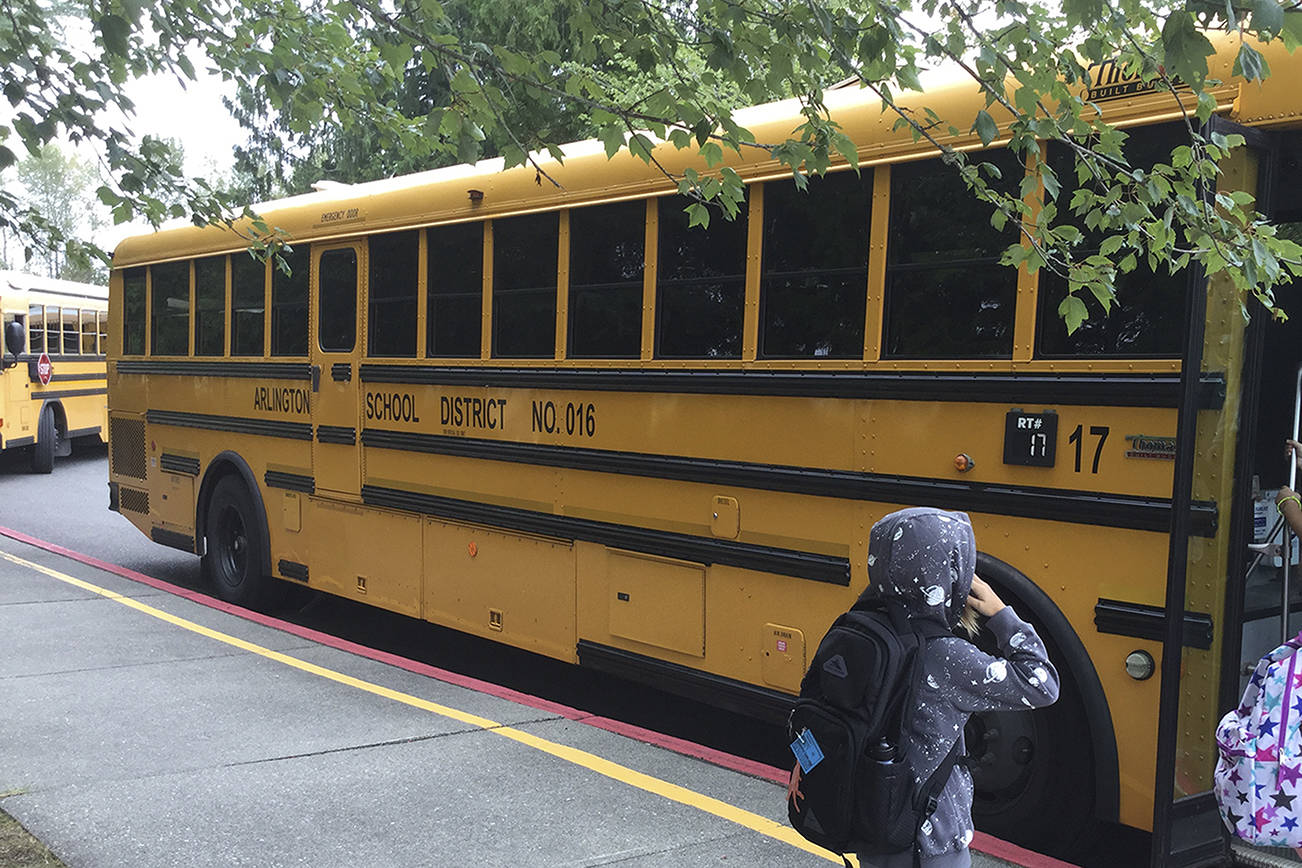ARLINGTON – A proposed rezone to build a multi-story apartment complex on Highland Drive on the dividing line between the “Old Town” and Kent Prairie neighborhoods ended in a rare draw among planning commissioners Tuesday.
The rezone sought by property owner Greg Stewart would reclassify 2 acres southwest of Highland and South Stillaguamish Avenue, changing the zoning from split of Residential Moderate Density and Residential High Density to all Residential High Density.
The commissioners split on the vote – with Aaron MacDonald and Vernon Beach in favor, Bruce Angell and Ken Levesque opposed. Commissioner Mike Thomas excused himself because he lives in the area.
Nearby residents opposed the rezone.
The reasons most cited related to quality of life and maintaining the single-family residential atmosphere that accounts for most of the area near Cascade Valley Hospital. Opponents said property crimes along Highland are already high and traceable back to existing apartment complexes in Kent Prairie, a fact borne out by police crime data. They fear dropping a 60- to 200-unit multi-story complex would add to the problems.
Other issues included insufficient transportation and utility infrastructure for the increased population, fire and police response in a department already stretched too thin, increased property taxes and impacts to property values.
City officials said that as far back as the mid-1990s, the area south of Highland Drive has been zoned multi-family. A portion of the rezone area is already zoned Residential High Density.
The Stewart proposal was one of three property-owner initiated rezones submitted before the city’s once-yearly deadlines to place comprehensive plan amendments on the docket and change the Future Land Use Maps.
The planning commission last month recommended The Villas at Arlington rezone move forward. A third proposal, the 7.2-acre Riar Family rezone in the 7100 block of 172nd Street NE, continued a public hearing to June 20.
Community and Economic Development director Marc Hayes said the city needs additional housing to meet population goals. The city has a shortfall of 2,421 dwelling units in its Urban Growth Area to meet 2035 needs. The need became more acute with removal of the King-Thompson planning area from inclusion in the UGA, 239 acres west of I-5 and south of 200th Street NE bordering Marysville city limits, which had room for 1,800 future residents. Snohomish County said the expansion in the rural transition area could not be supported by land capacity analysis. With the ability to expand outward removed, that generally means building upward.
Based on 2035 estimates, Arlington is projected to increase its population of 18,489 to 24,937.
One of the city’s goals is to diversity housing stock; and to locate multi-family housing near commercial areas, transportation, and parks and recreation.






